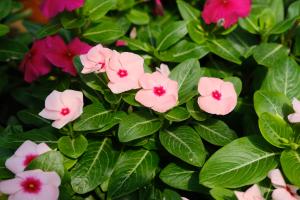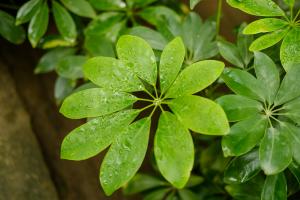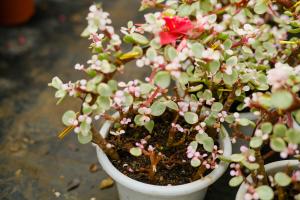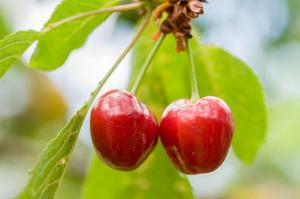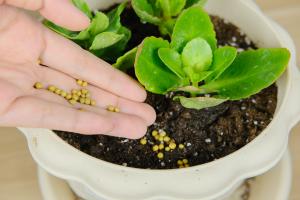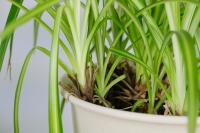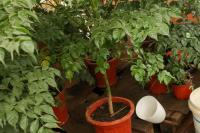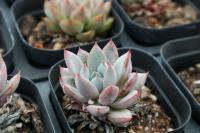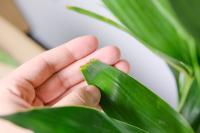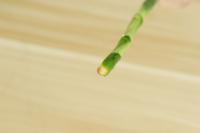1、 What do mole crickets eat
It belongs to omnivorous pests, eating corn, Millet Seedlings, wheat seedlings, tender leaves, vegetable leaves, melon and fruit skins, sorghum, etc. If feeding, you can also feed cooked grains, wheat bran, peanut cake residue, bean cake, etc

2、 Is it harmful to plants
It is a veritable pest and does great harm to plants. When the crops are young, they will bite off the tender stems and eat the seeds. When the crops grow up, they will bite the roots and bite into filaments. Therefore, if there are a large number of mole crickets in the field, it is difficult for crops to survive. Once found, measures must be taken as soon as possible to prevent and control, so as to avoid mass reproduction and endanger crops

3、 How to prevent
1. Pit trapping: when preventing and controlling, you can dig a pit at intervals in the heavily damaged land, about 50 cm deep. Put fresh cow dung in the evening, cover it with sentiment, and then remove the grass and kill it manually the next day

2. Bait killing: trichlorfon is dissolved in an appropriate amount of warm water, and then mixed with fried wheat bran. When mixing, an appropriate amount of water can be added to make a poison bait and sprinkle it into the field in the evening, so as to lure and kill mole crickets
3. Light trapping: it has phototaxis. If conditions permit, light trapping can be used, especially before rainfall or when the weather is muggy. The trapping effect of such environment will be better

 How to quickly remov...
How to quickly remov... What is xiaoheifei? ...
What is xiaoheifei? ... Effective methods of...
Effective methods of...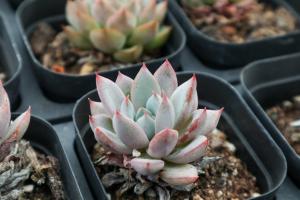 How to eliminate the...
How to eliminate the... What if there are an...
What if there are an...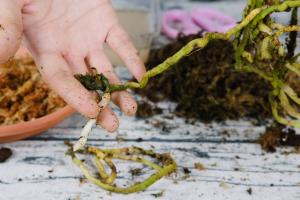 What's the use of bu...
What's the use of bu... Do tulips have insec...
Do tulips have insec...
